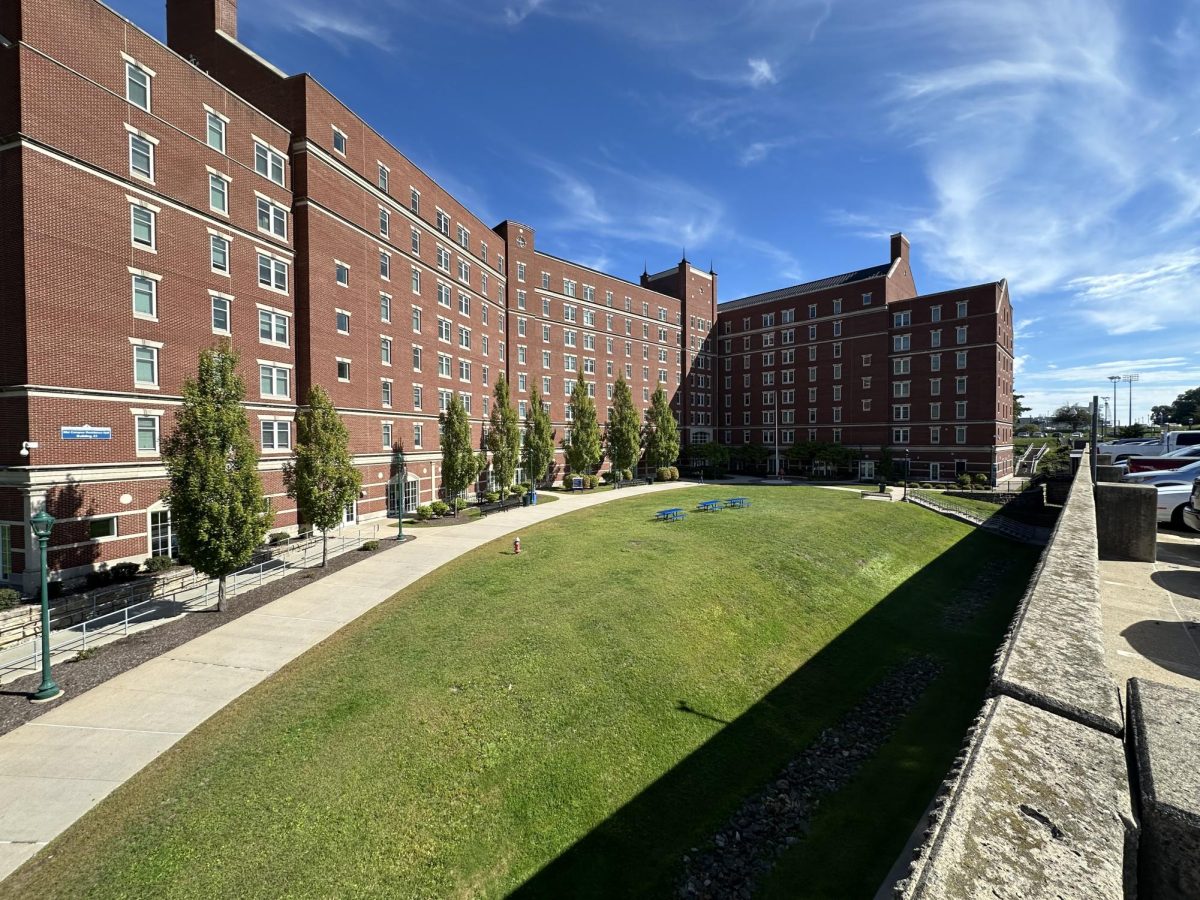By Matt Clyburn
Governor Dannel Malloy unveiled his budget before a joint session of the Connecticut legislature last Wednesday, detailing a plan that will raise taxes, cut spending and consolidate a number of state agencies.
Malloy also called for enhanced job creation, greater investment in magnet schools, stimulating growth in the state’s preschool offerings and allowing municipalities to retain more of the revenue they collect from the taxation of hotels and rental cars. The plan includes provisions for an additional $1.5 billion in new or increased taxes and increasing state spending by nearly five percent in the next two years.
The budget, that would take effect on July 1, totaled up to $19.7 billion and aims to close a projected $6.2 billion deficit through fiscal year 2012. In doing so, Malloy hopes to spread “shared sacrifice” to nearly every constituency group in the state.
The plan counts on a savings of over $1 billion from concessions by the state’s employee unions. Malloy warned during his address that thousands of state employees could lose their jobs if negotiations were unsuccessful.
“The spending reductions that the governor has proposed, we intend to accomplish,” budget director Ben Barnes said during a Wednesday morning press conference, responding to a question regarding the anticipated concessions.
“I don’t make these suggestions to be antagonistic,” Malloy said in his address, “just realistic.”
“The alternative…would require us to completely shred the safety net and lay off thousands of state workers,” Malloy said. “There’s no alternative, we have to get it done – and I’m confident we will get it done.”
While Democratic leaders were hesitant to enthusiastically embrace Malloy’s proposal, many credited the new governor for his balanced approach that includes a combination of increased taxation and spending cuts.
“The governor has been given a tough challenge,” said Democratic Speaker of the House Chris Donovan. “All of us, as the governor said, shared sacrifice. We agree, and we want to make sure that share is fair.”
The plan will not borrow money for operating expenses and preserves most funding for public education.
“Malloy’s first budget shows that state resources will remain focused on vital priorities including public education,” Connecticut Education Association Director John Yrchik said in a statement. “We appreciate the governor’s leadership in state funding of local education. By providing $570 million over the next year two years to fill the gap created by the loss of federal stimulus funds, he ensures that local schools will not go over the much-feared funding cliff.”
In the midst of looming battles for public employee concessions, Yrchik added that “some teachers already have ‘stepped up to the plate’ in making salary concessions in contract negotiations, while health care costs continue to increase. Clearly, economic conditions have had a dramatic and direct impact on teachers’ salaries and benefits across Connecticut.”
Despite the CEA director’s general support, funding for Connecticut’s higher education system is expected to be cut by as little as 10 percent and as much as 13 percent. The cuts would follow a trend that has seen public funds diminish significantly over the last two decades from an average of 54.8 percent to an average of 31.6 percent as a percentage of the system’s operating expenses.
“One of the things that the reorganization does is it gives the newly created Board of Regents the ability to shift up to 15 percent of the budget from either CSU, or the community colleges, or Charter Oak, to any one of those other agencies,” English professor and American Association of University Professors CSU Chapter President Jason Jones told The Recorder Monday. “So in any given year, they could take 15 percent away from CSU on top of the budget cuts that are already lined up.”
Jones said that the cuts and new controls from the Board of Regents could make it difficult to plan programs, keep class sizes maintainable and retain faculty. The proposed budget cuts could also keep the CSU system from meeting new performance standards.
“If the CSU schools aren’t meeting as yet unspecified performance metrics such as graduation rates, retention rates and workforce development targets, they may lose that funding to other members of the higher education system,” Jones said. “Instead of a ‘race to the top,’ it could be a race to the bottom.”
Still, Jones said the plan could have some benefits.
“There are good aspects of the reorganization plan…it would promote better articulation between the community colleges and the CSU schools, as well as make it easier to transfer credits and so forth.”
Malloy’s proposed tax increases will affect “anyone who earns a middle-class salary, smokes cigarettes, drinks beer, drives a car, takes yoga lessons, buys nonprescription drugs, gets a haircut or receives a manicure,” according to the Hartford Courant.
The plan has generated criticism from Republican leaders and groups that represent Connecticut residents and businesses.
“While we appreciate the Governor’s call for shared sacrifice and the difficult decisions he is faced with, other than the expansion of the Money Follows the Person Program, which we support, and which only uses federal money, there is nothing but sacrifice in this budget for seniors,” a statement from the American Association of Retired People said. The organization represents nearly 600,000 Connecticut residents over the age of 50, according to their website.
AFL-CIO President John Olsen opposes the budget on principle, saying last week that the state has a revenue problem, not a spending problem.
“The top five percent, those making $412,000 and above, who received an extension of a tax cut, that was never paid for, that they were never really entitled to, that alone translated into $3.2 billion,” Olsen said Thursday.
One feature of the budget is a program called “First Five.” The job-creation initiative would give tax and economic development incentives to the first five companies that create 200 or more new full-time jobs within the next two years. The incentives could also apply to a business that could not fulfill those requirements but that could show evidence of “significant capital investment” of more than $25 million.
The First Five program is aimed at “[beginning] to create a better job-creation climate in the state,” Malloy said.
Of the tax increases and spending cuts, Malloy said that the public will come around to supporting his proposals.
“I believe they are willing to make sacrifice if they understand why they’re being asked to do so and if they believe that Connecticut is serious about fixing what’s wrong,” he said during the address.
Malloy begins his statewide tour this week where he will discuss the budget proposals with Connecticut citizens in town hall-style meetings. The tour will stop in 17 communities, beginning in Bridgeport and ending in Danbury on April 6. The governor will visit New Britain on April 5 at a location and time that will be determined at a later date.


